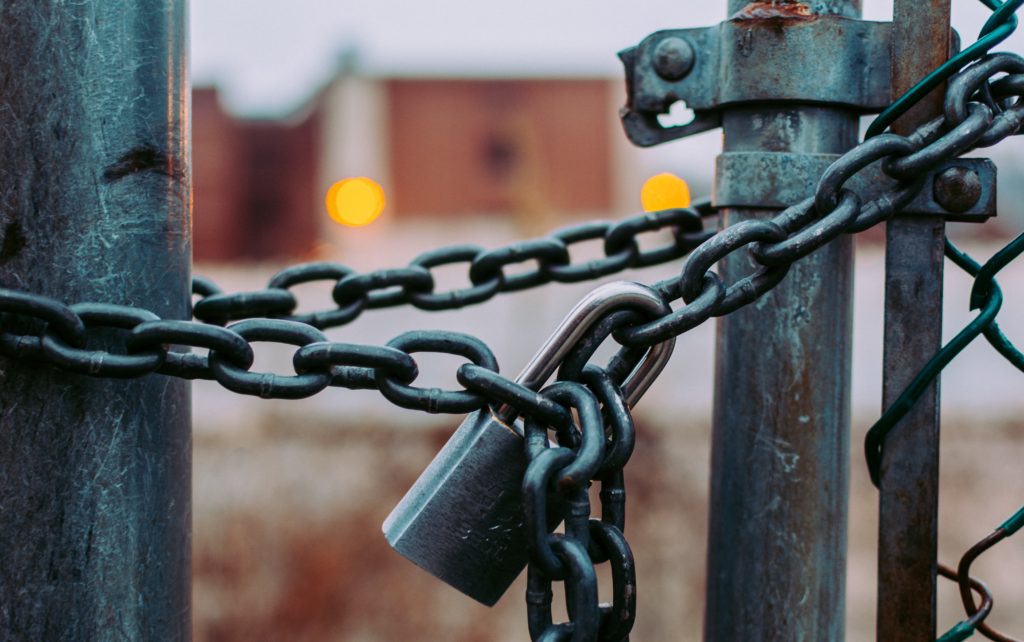
Published — June 11, 2021
The following post does not create a lawyer-client relationship between Alburo Alburo and Associates Law Offices (or any of its lawyers) and the reader. It is still best for you to engage the services of your own lawyer to address your legal concerns, if any.
Also, the matters contained in the following were written in accordance with the law, rules, and jurisprudence prevailing at the time of writing and posting, and do not include any future developments on the subject matter under discussion.
After reading this article about employer lockout, you may also read “No Strike, No Lockout” Clause
-
Lockout is the temporary refusal of an employer to furnish a work
-
Employer may file a notice of lockout at least 30 days before the intended date
-
A decision to declare a lockout must be approved by a majority of the board of directors of the corporation or association or of the partners in a partnership
A lockout may be declared in cases of collecting Declaring a lockout and unfair labor practices. In the case of San Miguel Corporation vs. National Labor Relations Commission, G.R. No. 99266 March 2, 1999, collective bargaining deadlock is defined as “the situation between the labor and the management of the company where there is failure in the collective bargaining negotiations resulting in a stalemate.”
What is lockout?
The law says:
Lockout means the temporary refusal of an employer to furnish work as a result of an industrial or labor dispute. Declaring a lockout is a recognized right of the employers. However, declaring a lockout must always be in accordance with law.
A decision to declare a lockout must be approved by majority of the board of directors of the corporation or association or of the partners in a partnership, obtained by secret ballot in a meeting called for that purpose. The decision shall be valid for the duration of the dispute based on substantially the same grounds considered when the lockout vote was taken. The Department of Labor and Employment (Department) may, at its own initiative or upon the request of any affected party, supervise the conduct of the secret balloting. In every case, the union or the employer shall furnish the Department the results of the voting at least seven days before the intended strike or lockout, subject to the cooling-off period.
In cases of bargaining deadlock, the employer may file a notice of lockout with the Department of Labor and Employment (DOLE) at least thirty (30) days before the intended lockout. In cases of unfair labor practice, the period of notice is shortened to at least fifteen (15) days.
The 15 and 30-day requirement is known as the Cooling Off Period designed to afford parties the opportunity to amicably resolve the dispute with the assistance of the National Conciliation and Mediation Board (Conciliator/Mediator). Should the dispute remain unsettled until the lapse of the required number of days from the mandatory filing of the notice, the employer may commence a lockout after having complied with the 7-day requirement for the filing of the strike or lockout vote, as the case may be. This requirement for a valid lockout is mandatory in character. Failure to comply would mean that the lockout is illegal.
In case the lockout is declared illegal, any worker whose employment has been terminated as a consequence of the said lockout may be entitled to re-instatement including payment of full backwages and other benefits. In all instances, always take note that conciliation-mediation is still possible during actual lockout.
Alburo Alburo and Associates Law Offices specializes in business law and labor law consulting. For inquiries, you may reach us at info@alburolaw.com, or dial us at (02)7745-4391/0917-5772207.
All rights reserved.
SUBSCRIBE NOW FOR MORE LEGAL UPDATES!
[email-subscribers-form id=”4″]


